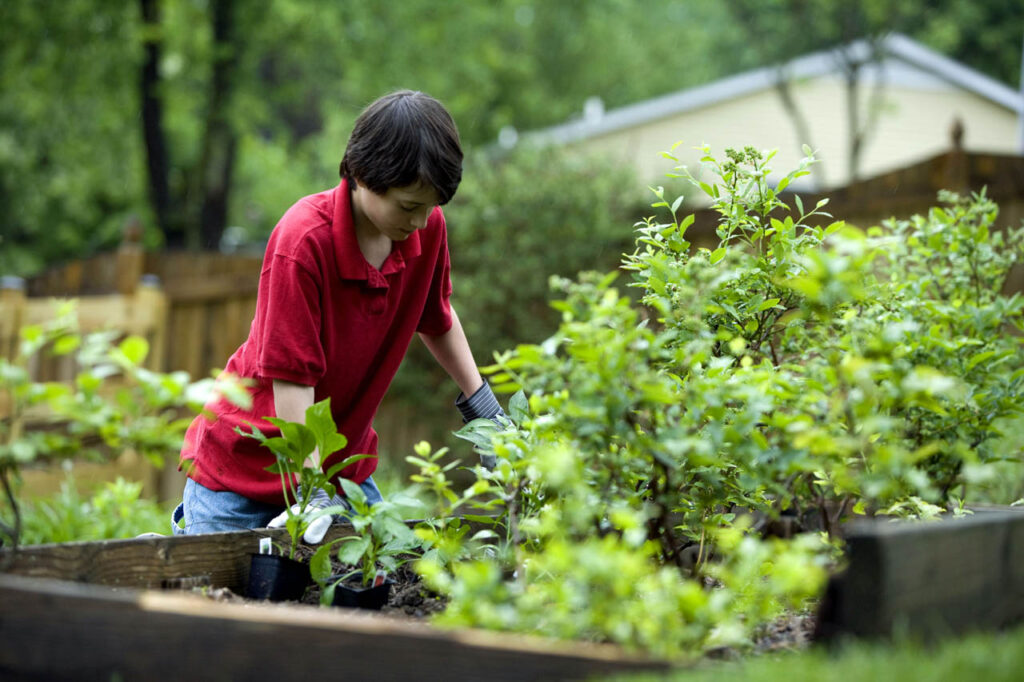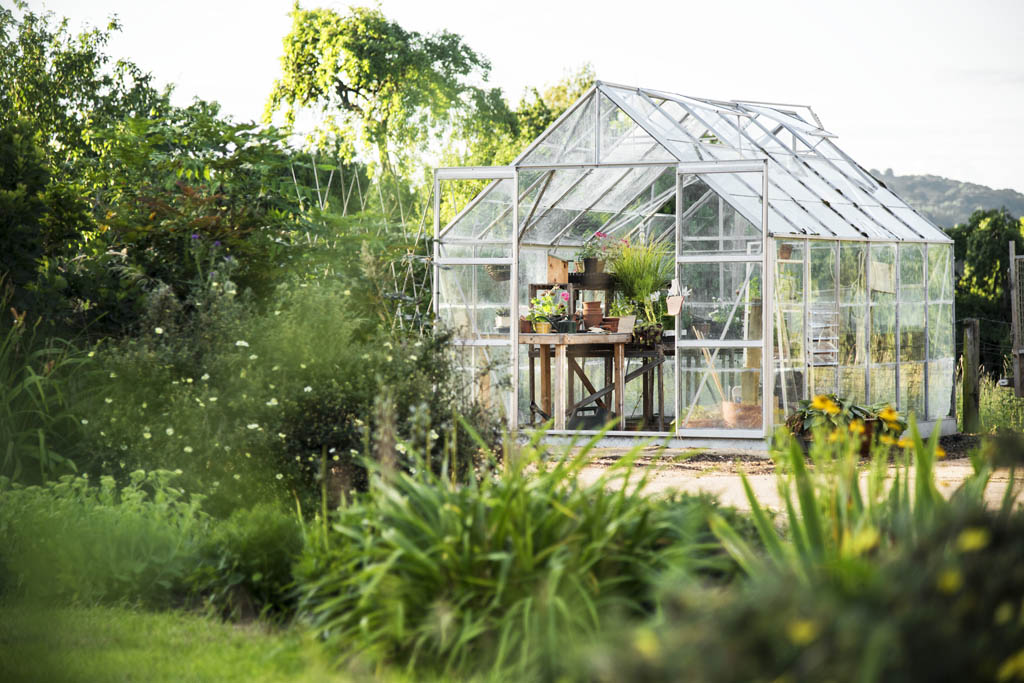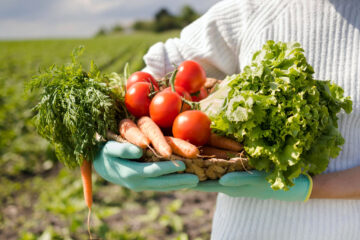Do you like the flavor of fresh fruits and vegetables but lack the time or resources to shop for food? Why not attempt to start a garden in your backyard? It’s a gratifying and enjoyable experience and more straightforward than you may imagine! For advice on where to begin for novices, see this article.
1. Pick a suitable site for your garden.
Choosing the ideal site is one of the most crucial factors to consider while producing a home garden. You must choose a location with adequate drainage and plenty of sunshine. You may also grow your garden in pots on your deck or patio if you don’t have much space outside.

Additionally, keep in mind that certain plants need more room than others. Tomatoes, for instance, need space for their roots to expand, while lettuce may be planted close together. Do your homework before planting to ensure that your garden has the proper plant mixture.
Make sure you have easy access to water, and finally. You must choose a location near a water supply, utilizing a hose or watering can.
2. Choose the plants you want to cultivate.
Deciding on what to plant comes next. It is preferable to begin with easy-to-grow plants if you are a newbie. Herbs, tomatoes, lettuce, and peppers are a few excellent choices. Once you’ve gained some practice, you may attempt planting more challenging plants like fruit trees or flowers.
Think about your available area as you choose what to grow. You must choose plants that only need a little area to develop if you just have a few inches available. In contrast, you may grow whatever you want if you have a big yard! Ensure each plant has an adequate development area by leaving enough space between them.
You should also take your local climate into account. Choose plants that can survive the local climate’s temperature and precipitation. For instance, if you reside in a hot, dry area, you should select plants and fruits that can withstand such circumstances, like cacti or watermelons.
Finally, consider the amount of time you can devote to your garden. Succulents and cacti are fantastic solutions for busy people since they don’t need much upkeep and may be cared for quickly each day.
3. Plant your seeds or plants after preparing the soil.
It’s time to start your garden now that you’ve decided on the ideal site and plants! The earth must first be prepared. If you’re using pots, potting soil must be put inside of them. You must till the soil and apply compost or fertilizer to indoor gardening. Your plants will grow stronger and healthier as a result.
It’s time to plant your seeds or seedlings after the soil has been prepared. Make careful to plant your seeds at the depth and distance specified on the package if you’re starting with seeds. Thin them out after they’ve sprouted to leave just the toughest plants behind.
Dig a hole twice as wide as the root ball for planting seedlings or young plants. The roots will have plenty of space to expand as a result. Place the plant in the hole after carefully removing it from its container. Fill the hole with dirt, then thoroughly water it.
Keep an eye on your garden and give it frequent watering. When the plants are large enough, you may apply mulch around them to aid moisture retention and ward off weeds.
4. Caring and watering your garden
Regular lawn watering is one of the most crucial things you should perform. You could water your plants every day or just a few times a week, depending on the temperature and variety you have. Before watering, ensure the soil is dry one inch below the surface. If it is, then your plants need to be watered.
You should regularly fertilize your plants in addition to watering them. They will become stronger and healthier as a result. Be careful to choose the proper fertilizer for your plants from among the many varieties offered.
Additionally, you must keep a watch out for illnesses and pests. Be careful to get rid of any insects you detect on your plants, whether by hand or pesticide. In the same way, get rid of any unhealthy plants you find in the garden to prevent them from spreading to the healthy ones.
5. Harvest your fruits and veggies.
It’s finally time to harvest your fruits and veggies after all your hard work! You will have to wait a varied length of time to harvest each sort of plant you have. For instance, although tomatoes normally need 60 to 80 days to mature, most lettuce cultivars may be harvested in about 30 days.
Cut the fruits and vegetables off the plant using a sharp knife or shears when harvesting. The plant will be protected from harm as a result.
Additionally, regularly inspect your plants for mature fruits and veggies. They could decay or be eaten by bugs if you leave them on the plant for an extended period.
6. Establish appropriate product storage.
It’s crucial to properly store your fruits and veggies once you’ve gathered them to prevent spoilage. Most items should be kept in a cold, dark location, such as a basement or root cellar.
Put your vegetables in the refrigerator as soon as possible if you can’t keep them in a cold, dark spot. It will last longer because of this.
Additionally, you can always can or freeze extra produce if you have more than your family can use right away. You may get the benefits of your fruits and veggies all year long in this manner!
Final Thoughts
Growing your own food and being outdoors are both benefits of gardening. It may be a stress-relieving pastime or a valuable method to support your family. It’s also a fantastic hobby for individuals of all ages.
Follow the advice in this blog article to get started if you’re considering growing a garden. You may produce a fantastic garden that will provide fresh fruits and veggies all season long with proper planning and maintenance.




